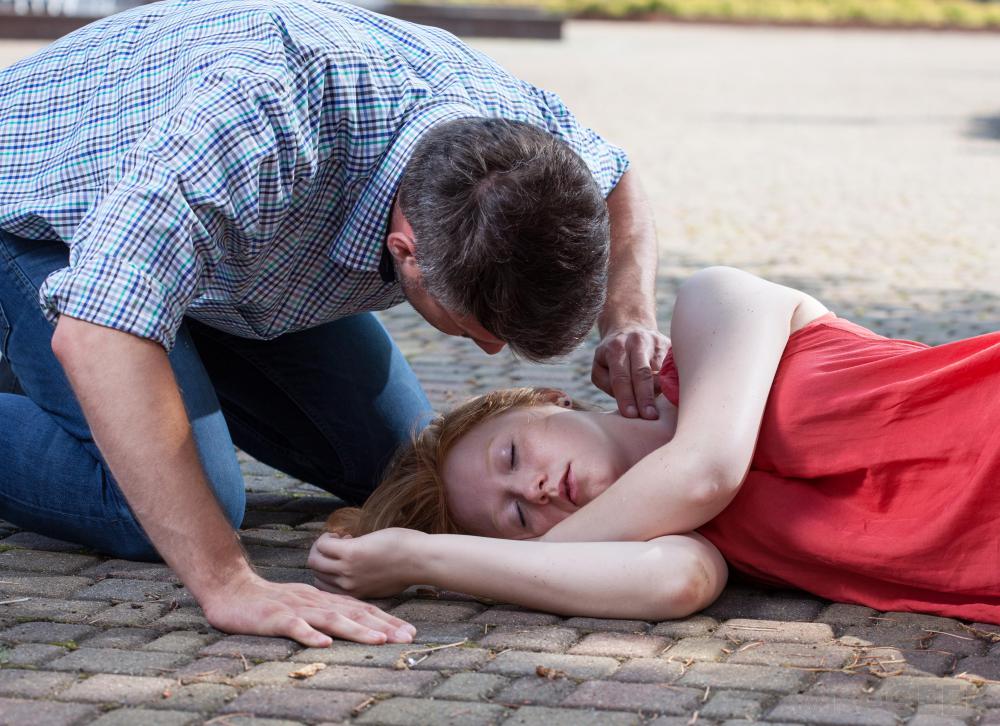Recognizing Seizures And Assisting A Person When A Seizure Occurs

It can be frightening to see someone having is seizure especially around you. If you’ve never witnessed a seizure, you might be shocked, confused, scared, worried, or all of the above. When someone has a seizure, they will often experience involuntary movement, changes in behavior, and awareness for lasting a couple minutes to an hour. In this article we have listed a few things you can do to help someone who is having a generalized tonic-clonic (grand mal) seizure.
1. Seizure
Generalised absence (Previously named Petit mal)
What It Looks Like
The person looks blank and stares. There may be blinking or slight twitching. It lasts a few seconds then normal activity continues.
How can you help
Be reassuring. The person may be unaware of the seizure. Note that it has occurred.
2. Seizure
Generalised tonic clonic
(Previously named Grand mal)
What It Looks Like
The common sequence is: staring, stiffening of the body, possible blue colour around the mouth and jerking movements. As breathing restarts normal colour returns. There may be blood-flecked saliva and incontinence (rare). Lasts a few minutes.
How can you help
Protect the person from injury. Cushion their head. Do not restrict movement or put anything in their mouth. Help breathing by laying the person on their side. Stay with them until they have fully recovered.
3. Seizure
Complex partial
(affecting a specific area of the brain)
What It Looks Like
May start with a warning or “aura”. The person may appear confused or distracted. There may be repetitive movements, such as plucking at clothes.
How can you help
Remove harmful objects and guide the person away from danger. Talk quietly to reassure him or her.




